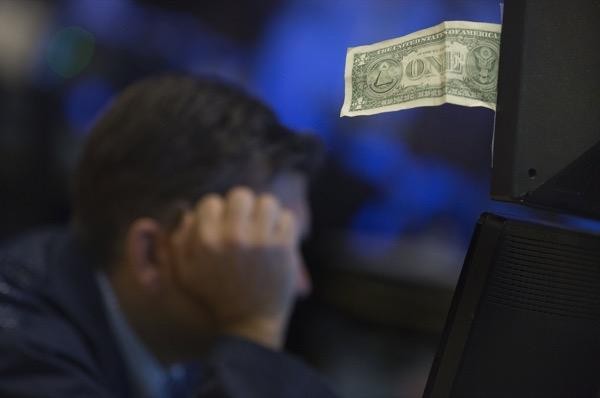
Demand for currency
The US dollar has been predominantly used as a currency peg. This is when a government policy implements fixed exchange rates for its national currency to that of another country, in this case the US dollar. Some countries that use the US dollar as a medium of exchange include Ecuador, Puerto Rico and Zimbabwe.
Using the US dollar as a dominant currency increases its demand, making it the world’s reserve currency as most countries use it for the global trade of commodities. Central banks and major financial institutions store reserve currencies for use in global transactions and to decrease risks associated with exchange rates.3
However, over the years, another threat to the US dollar’s status as a reserve currency has been other alternative currencies. These are the euro, Japanese yen, British pound sterling, including the smaller reserve currencies like the Canadian dollar and Australian dollar.3
Despite their small market share in the reserve currency, these alternative currencies are slowly eating away at the US dollar’s dominance and might negatively impact the future demand for this currency.3


